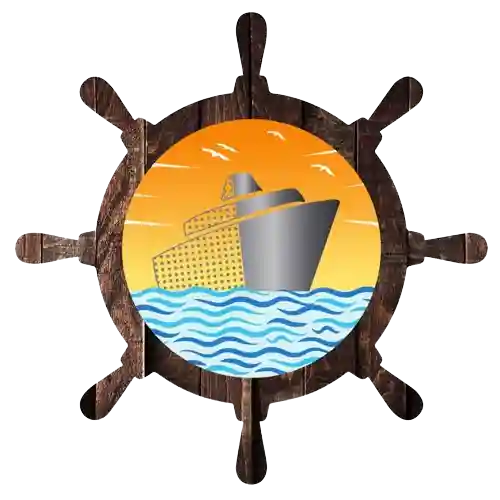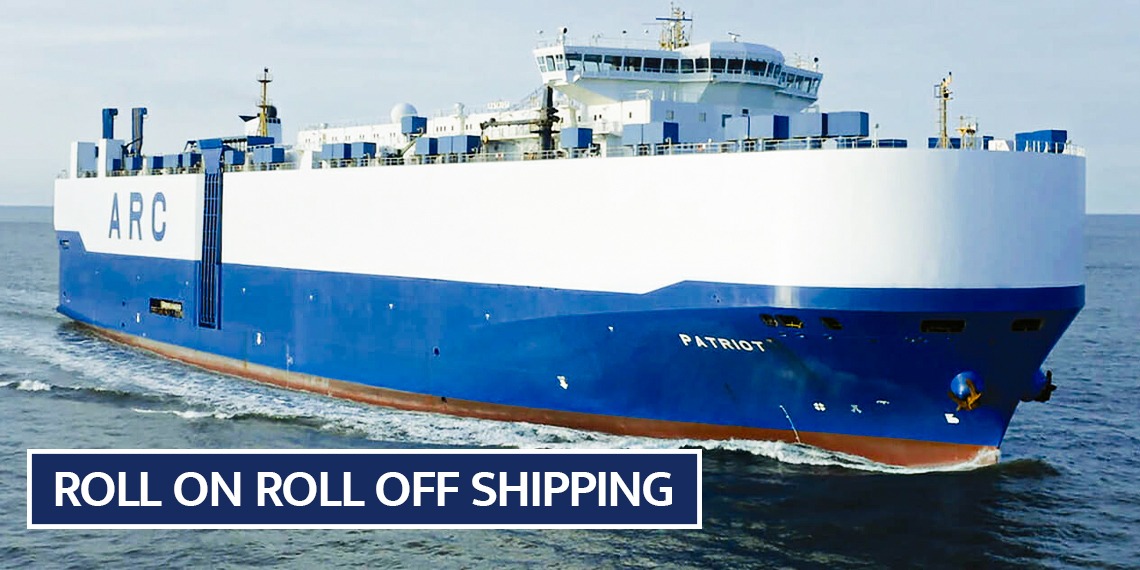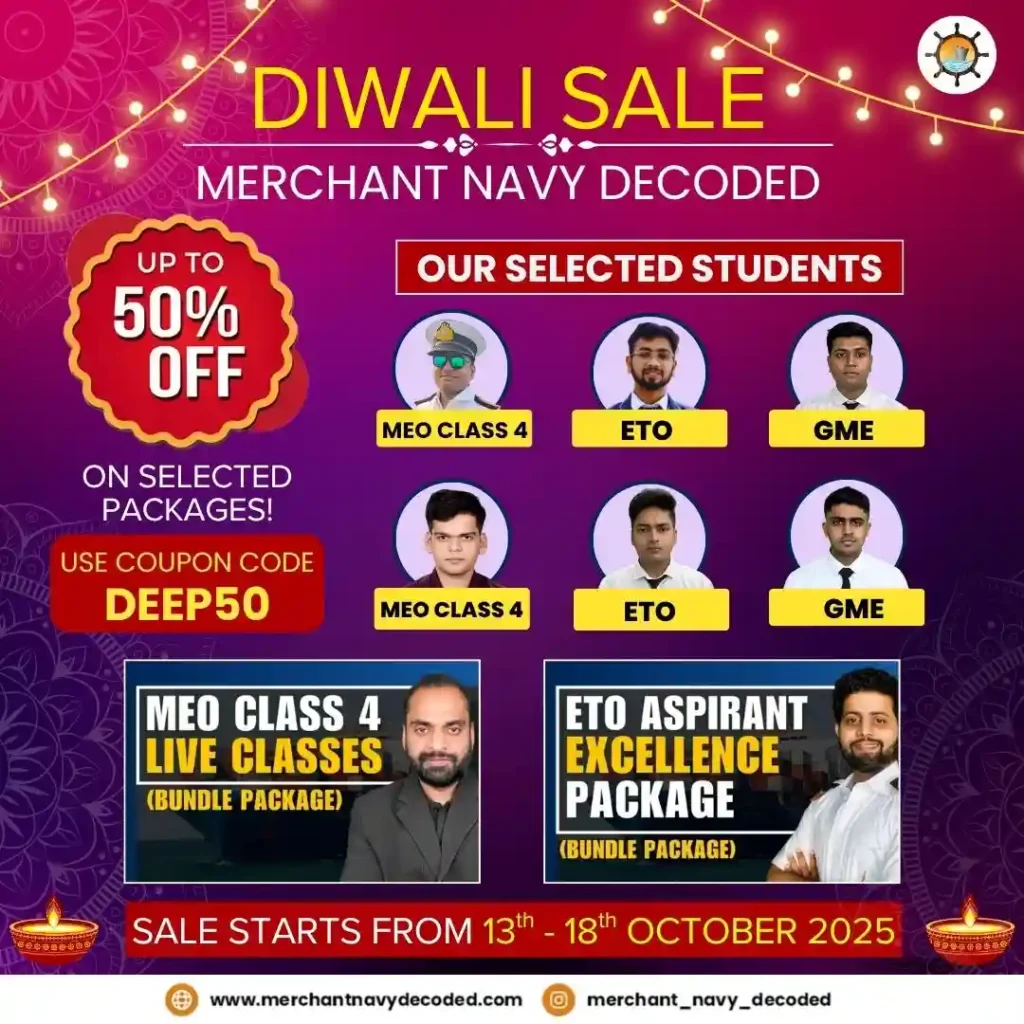Roll on Roll off shipping
What is a Roll-Onn and Roll-off Vessel?
- Roll-on roll-off (RoRo) ships are specialized vessels designed to carry wheeled cargo, such as trucks, cars, trailers, and other vehicles.
- They can be driven on and off the ship using built-in ramps. This design ensures efficient loading and unloading, making RoRo vessels important for transporting vehicles across oceans and other waterways.
- RORO vessels have shore-based ramps that allow the cargo to be efficiently rolled on and off when in port.
- RORO vessels are equipped with multiple decks for parking wheeled cargo such as cars, trucks, and other vehicles.
- Some ships feature up to 13 levels that allow a significant amount of cargo to be carried.
What is the ROLL ON ROLL OFF technique?
- The roll-on-roll-off method is designed for cargo that can drive within the ship.
- Ramps act as bridges between the deck enabling the smooth movement of wheeled cargo without requiring additional machinery or equipment for loading onto the deck.
- In RoRo transportation, a ramp is deployed, allowing cargo such as cars, trucks, buses, and railroad cars to use their own power to ascend the ramp and reach the deck at the departure port.
- Terminal operators use a stowage plan to guide vehicles to their designated parking areas.
- Once in position, the vehicles are secured using lashing equipment that fastens the chassis to anchor points on the deck.
- To ensure stability, two to six anchor points are locked on each side of the vehicle.
- In addition to vehicles, RoRo ships also transport heavy machinery and oversized cargo.
Benefits of RORO shipping
- Efficiency is enhanced:
The stowage of wheeled cargo is more organized compared to loading shipping containers.
In RoRo vessels cargo movement is streamlined which reduces port congestion and minimizes waiting times at container depots.
- Supply Chain Agility is improved:
Faster loading and unloading make it easier to transport wheeled and oversized cargo which enhances the overall flexibility of the supply chain.
- Cost-Effectiveness:
RoRo shipping offers a budget-friendly solution for global goods transportation. Heavy machinery and cargo can be moved without the need for lifting or container-handling equipment.
- Versatility:
The automotive industry benefits greatly from RoRo vessels, as these ships accommodate all sizes of wheeled cargo, including oversized machinery, ensuring efficient transport.
- Reduced Risk of Damage:
Wheeled vehicles are spaced appropriately and secured with lashings, chocks, and restraints to keep them stable and prevent shifting, even during rough sea conditions.
Types of RORO ships
- PCC( Pure Car Carrier)
A carrier or vessel that carries only cars is called a pure car carrier(PCC).
2. PCTC(Pure car and truck carrier)
A carrier that carries only cars and trucks is called a pure car and truck carrier(PCTC).
3.ConRo(Container and RoRo)
A vessel or carrier that is a container, as well as a roll-on roll-off vessel, is called a ConRo. They are a mixture of container vessels and RoRo ships. These vessels can carry the work of RoRo ships and traditional container vessels.
4.GenRo(General and RORO ships)
A vessel that can accommodate wheeled cargo as well as have room for general cargo also is called GenRo. The GenRo vessel is a mixture of both general cargo vessels and RORO ships.
5.RoPax
A vessel that can carry heavy-wheeled cargo and also have passengers in it is called a RoPax
vessel.
What is the difference between Roll-On and Roll-Off vessels and other traditional cargo ships?
Other ships, such as bulk carriers, LPG tankers, and reefer ships, are designed to transport various types of goods. Each type of cargo carries specific goods in different forms, including solid, liquid, or gas. RoRo ships, however, differ significantly from these traditional vessels:
- Traditional cargo ships rely on cranes, forklifts, and other equipment to load and secure cargo containers or unpacked goods inside the vessel. But RoRo ships use ramps to move cargo directly onto their decks.
- While traditional ships provide greater versatility by accommodating bulk commodities and a wide variety of cargo, RoRo vessels are primarily used for transporting wheeled cargo across international waters.
What is the difference between Roll-On and Roll-Off vessels and containers?
RORO SHIPS
- RoRo shipping involves rolling cargo onto specially designed vessels. Vehicles such as cars, trucks, and heavy machinery are driven onto the ship’s deck with the help of ramps.
- Once loaded, the cargo is securely fastened to prevent any movement during transit.
- RoRo ships feature large open decks to accommodate various types of vehicles, making them ideal for transporting automobiles, construction equipment, and oversized cargo.
CONTAINER SHIPS
- Container shipping uses standardized containers, of rectangular shape that are made of steel and are available in different sizes.
- At the point of origin, such as a factory or port, cargo is loaded into these containers.
- The containers are then transferred onto container ships using cranes or similar lifting equipment.
- Their design allows efficient loading and unloading of large quantities of goods.
- Container shipping is commonly used to transport a wide variety of items, including consumer goods, electronics, and manufactured products.
FAQs
Q1. What is the difference between PCC AND GenRo?
Ans: PCC carrier as the name suggests carries only cars while GenRo vessels carry general cargo as well as wheeled cargo
Q2. Which is the largest RORO vessel in the world?
Ans: MV Tonsberg is the largest RORO Vessel in the world.
Disclaimer :- The opinions expressed in this article belong solely to the author and may not necessarily reflect those of Merchant Navy Decoded. We cannot guarantee the accuracy of the information provided and disclaim any responsibility for it. Data and visuals used are sourced from publicly available information and may not be authenticated by any regulatory body. Reviews and comments appearing on our blogs represent the opinions of individuals and do not necessarily reflect the views of Merchant Navy Decoded. We are not responsible for any loss or damage resulting from reliance on these reviews or comments.
Reproduction, copying, sharing, or use of the article or images in any form is strictly prohibited without prior permission from both the author and Merchant Navy Decoded.



